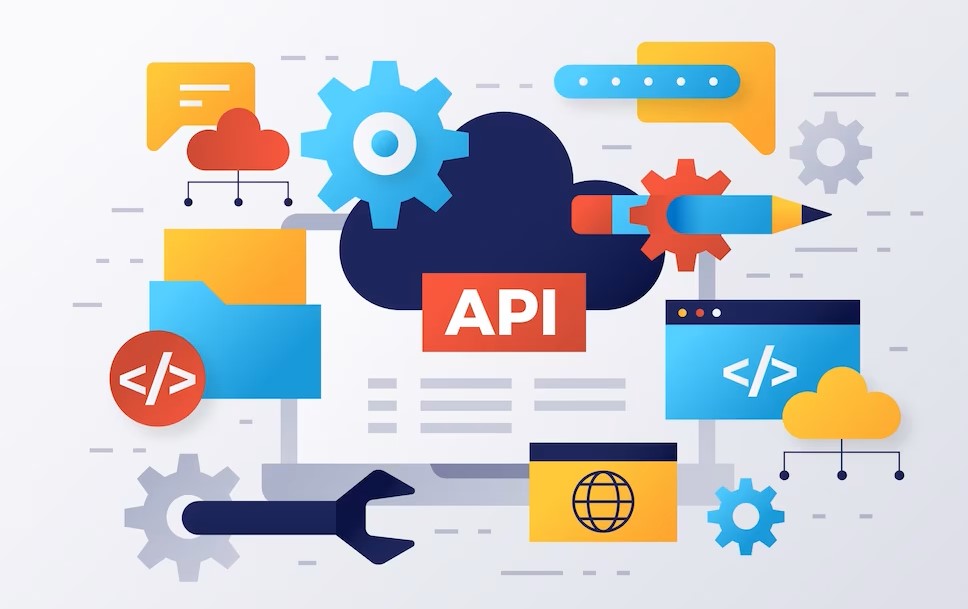Discover the wide range of Java APIs and open ports available for integration, along with their use cases and best practices. Learn how to effectively leverage these APIs and ports for seamless integration in your Java applications.
Introduction
Java is a popular programming language that offers a vast ecosystem of APIs and open ports for seamless integration with other systems and applications. These APIs and open ports provide developers with powerful tools and libraries to enhance the functionality of their Java applications and enable seamless communication with other software components. In this comprehensive guide, we will explore the different types of Java APIs and open ports available for integration, along with their use cases and best practices for effective utilization.
Understanding Java APIs and Open Ports
Java APIs (Application Programming Interfaces) are sets of predefined methods and classes that developers can use to interact with Java libraries and perform various tasks. These APIs provide a convenient and standardized way to access the functionality of Java libraries and extend the capabilities of Java applications. Some popular Java APIs include Java Networking API, Java IO API, Java Security API, Java Database Connectivity (JDBC) API, and many more.
Open ports in Java refer to the communication channels that allow Java applications to send and receive data over a network. These open ports provide connectivity options for Java applications to interact with other systems, devices, or APIs. Examples of open ports in Java include TCP/IP sockets, HTTP(S) ports, FTP ports, and more.
Use Cases and Best Practices for Java APIs
Java APIs are widely used in various industries and domains for a wide range of use cases. Here are some examples:
- Networking: Java Networking API allows developers to create networked applications, such as client-server applications, chat applications, and web services. It provides classes for handling sockets, URLs, protocols, and other networking concepts.
- Input/Output: Java IO API provides classes and methods for reading from and writing to files, streams, and other I/O devices. It enables developers to perform file operations, manipulate data streams, and handle file formats.
- Security: Java Security API provides a set of classes and tools for implementing security features in Java applications. It includes encryption, digital signatures, authentication, and access control mechanisms.
- Database Connectivity: JDBC API allows Java applications to connect to and interact with databases. It provides a standardized way to execute SQL queries, manage database connections, and handle result sets.
When using Java APIs and open ports for integration, it’s important to follow best practices for optimal performance, security, and reliability.
“Mastering Hadoop APIs and Open Ports: A Comprehensive Guide for Seamless Integration”
Here are some best practices
- Proper error handling: Handle exceptions and errors gracefully to prevent crashes or security vulnerabilities in your Java applications.
- Authentication and authorization: Implement proper authentication and authorization mechanisms to ensure secure communication and protect against unauthorized access.
- Input validation: Validate input data to your Java applications to prevent potential security risks, such as SQL injection or buffer overflow attacks.
- Resource management: Properly manage resources, such as sockets, file handles, and database connections, to avoid resource leaks and ensure efficient resource utilization.
- Use asynchronous programming: Utilize asynchronous programming techniques, such as Java NIO (New I/O) API, for handling large numbers of concurrent connections and optimizing performance in high-throughput applications.
- Keep APIs up-to-date: Stay updated with the latest versions of Java APIs and libraries to take advantage of bug fixes, performance improvements, and new features.
- Follow coding standards: Adhere to coding standards and best practices recommended by the Java community to write clean, maintainable, and efficient code.
Open Ports in Java and Their Integration
Open ports in Java provide communication channels that allow Java applications to send and receive data over a network. These open ports can be used for various integration scenarios, such as:
- RESTful APIs: Java applications can use open ports, such as HTTP(S) ports, to implement RESTful APIs for communication with other systems or services.
- Messaging: Java applications can use open ports, such as TCP/IP sockets or message queues, for messaging-based integration with other systems or applications.
- File transfer: Java applications can use open ports, such as FTP ports or SFTP ports, for transferring files between systems or applications.
- Real-time communication: Java applications can use open ports, such as WebSocket ports, for real-time communication with other systems or clients.
Conclusion
Java APIs and open ports offer a powerful and versatile way to integrate Java applications with other systems or applications. By understanding the different types of Java APIs, their use cases, and best practices for their utilization, as well as leveraging open ports for communication, developers can seamlessly integrate Java applications into complex data processing workflows, messaging systems, and other integration scenarios. Following best practices for performance, security, and reliability will ensure smooth integration and optimal performance of Java applications in any integration scenario. Stay updated with the latest versions of Java APIs and libraries, and adhere to coding standards for writing efficient and maintainable code. With proper understanding and utilization of Java APIs and open ports, developers can unlock the full potential of Java for seamless integration in their applications.

